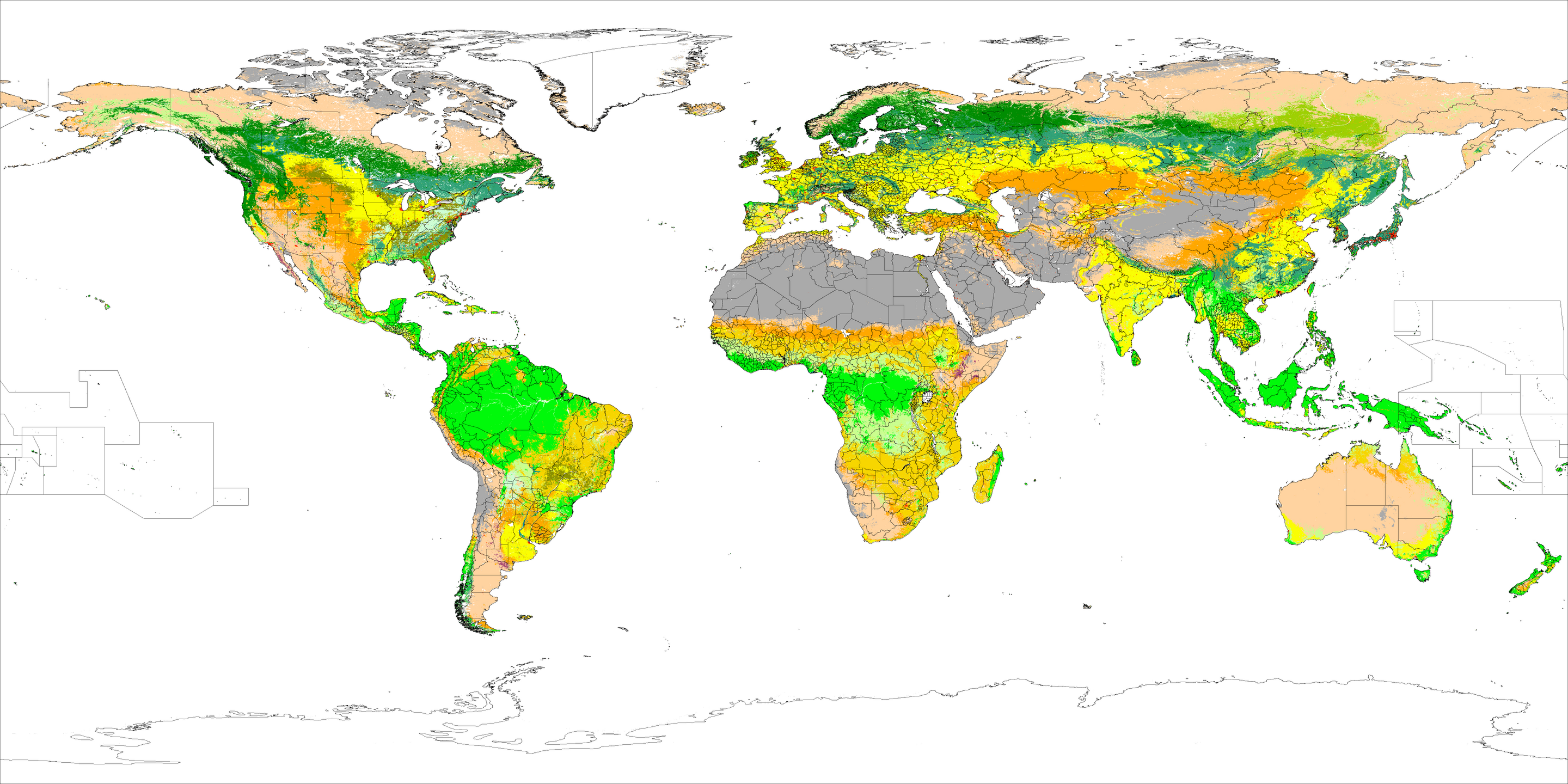-
Notifications
You must be signed in to change notification settings - Fork 0
New issue
Have a question about this project? Sign up for a free GitHub account to open an issue and contact its maintainers and the community.
By clicking “Sign up for GitHub”, you agree to our terms of service and privacy statement. We’ll occasionally send you account related emails.
Already on GitHub? Sign in to your account
Generate random land cover from biome data #6
Comments
This was referenced Apr 26, 2020
|
I've added #8 as a dep, since we need to figure out how we want land cover to be distributed over different biomes. |
|
From https://www.geo.arizona.edu/Antevs/biomes/ and https://science.jrank.org/pages/897/Biome.html:
|
Sign up for free
to join this conversation on GitHub.
Already have an account?
Sign in to comment
Tasks:
*.roncolor fileshttps://en.m.wikipedia.org/wiki/Land_cover:

Depends upon:
Copied from:
The text was updated successfully, but these errors were encountered: